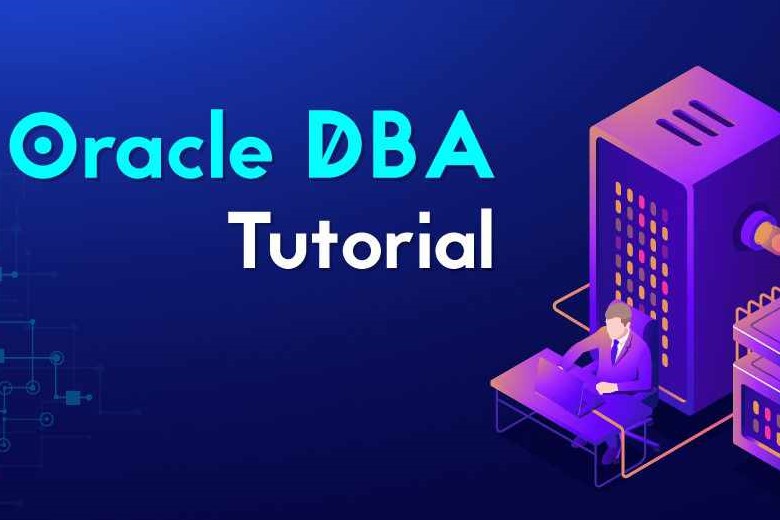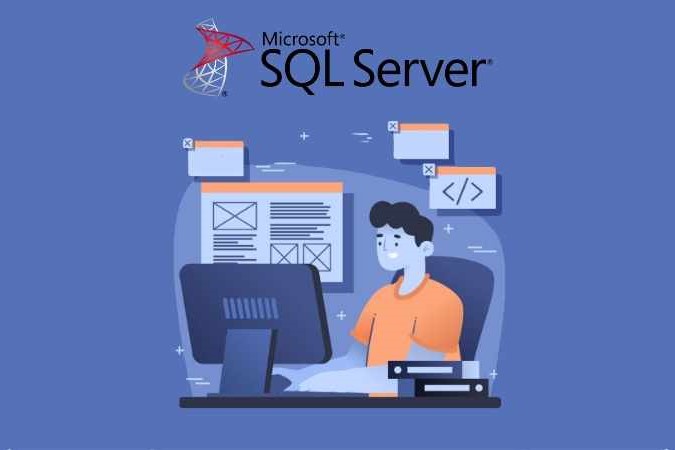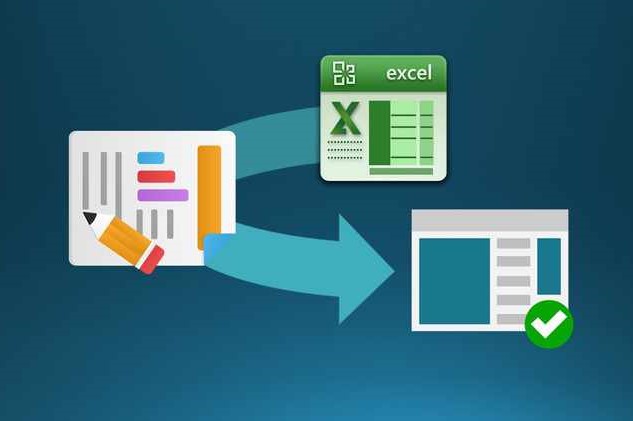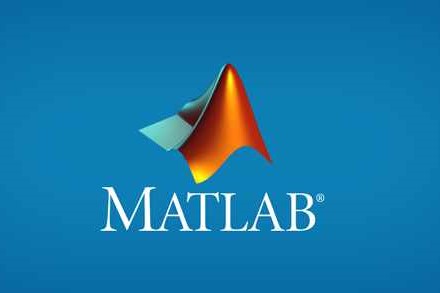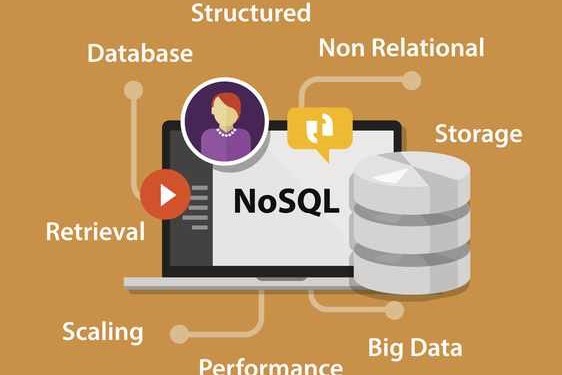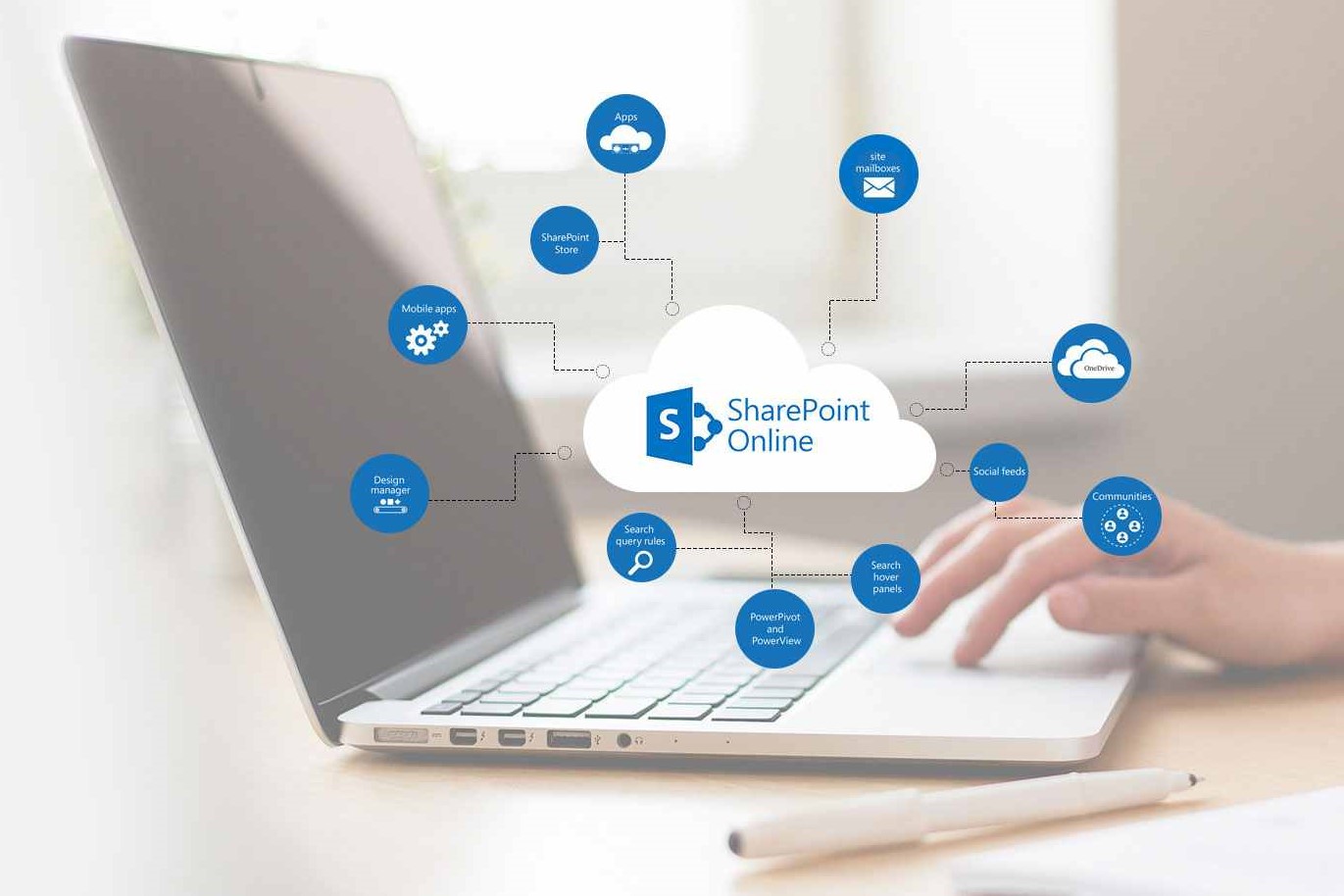Course Information
- Course Price $250
- Total Students 800+
- Course Duration 4 Weeks
Description
Oracle Database is the software for the purpose of maintaining the data emerging from all the sources. Database technology will be a major component for all the types of applications and computing activities. Best Oracle DBA Training in Chennai from LETFIX will assist the participants to leverage skills in Oracle DBA concepts. Oracle Database Administrator (Oracle DBA) course at LETFIX guides the students to become a professional Oracle DBA. Oracle DBA is regarded as one of the most dynamic and responsible positions in any business organization since it relates to forming, updating and deleting essential information from the database of the organization to assist the senior level people to take effective decisions conveniently. This Oracle DBA program encompasses basic to advanced level concepts framed to assist you in obtaining OCA and OCP certifications. Being an enterprise-class database Oracle Database 12c is the first database formed for cloud. Its intention is to make it easier for users to migrate to cloud. In this Oracle DBA Training in Chennai, you will learn how to do administrator and management activities for Oracle Database 12c. The Oracle Database 11g is the world's most efficient relational database. Otherwise known as Oracle Database XE, it is simple to install, control and develop. It can apply an automatic browser-based interface to take care of the database. In this session, you will learn all the skills required to form and control the database including creating, configuring and maintaining the DB. As soon as you gain the essentials of administering database knowledge, you can build advanced skill in several areas. Oracle Database 10g is the first database formed for enterprise grid computing. Oracle’s grid computing product sector comprises a DBMS and an application server besides supporting grid computing options.
Benefits
- Oracle DBA implies that you have to deal with the most difficult databases. For this you require immense knowledge in Oracle Database.
- Internet and ecommerce are progressing at a swift rate and these domains require a huge number of database administrators, Cybersecurity has turned out to be an on-demand field as it is necessary to protect the data present on the internet.
- It paves the way to more career chances for database administrators, these administrators can find means to secure and safeguard electronic data. For this they should be technically adept. The IT industry is also looking out for the database administrator to leverage their data.
- The advantages of Oracle Database Administrator may depend on several factors including skills, expertise, experience, communication etc.
- The average pay given to an Oracle Database Administrator in India is Rs 481,767 annually as per PayScale report.
- The skills that increase pay for this job are performance, Oracle RAC, Oracle eBusiness Suite and Shell Scripting. The salary for this coveted position grows in a constant manner for more experienced employees.
Syllabus
- Describe course objectives
- Explore the Oracle 10g database architecture
- Explain core DBA tasks and tools
- Plan an Oracle installation
- Use optimal flexible architecture
- Install software with the Oracle Universal Installer
- Create a database with the Database Configuration Assistant (DBCA)
- Create a database design template with the DBCA
- Generate database creation scripts with the DBCA
- Start and stop the Oracle database and components
- Use Enterprise Manager (EM)
- Access a database with SQL*Plus and iSQL*Plus
- Modify database initialization parameters
- Understand the stages of database start up
- View the Alert log
- Use the Data Dictionary
- Explain DML and undo data generation
- Monitor and administer undo
- Describe the difference between undo and redo data
- Guarantee undo retention
- Use the undo advisor
- Describe DBA responsibilities for security
- Apply the principal of least privilege
- Enable standard database auditing
- Specify audit options
- Review audit information
- Maintain the audit trail
- Create consistent database backups
- Back your database up without shutting it down
- Create incremental backups
- Automate database backups
- Monitor the flash recovery area
- Recover from loss of a control file
- Recover from loss of a redo log file
- Perform complete recovery following the loss of a data file
- Recovery of Non-Critical Files
- Creating New Temporary Tablespace
- Recreating Redo Log Files, Index Tablespaces, and Indexes
- Read-Only Tablespace Recovery
- Authentication Methods for Database Administrators
- Loss of Password Authentication File
- Creating a new temporary tablespace
- Altering the default temporary tablespace for a database
- Flashback Database Architecture
- Configuring and Monitoring Flashback Database
- Backing Up the Flash Recovery Area
- Using V$FLASH_RECOVERY_AREA_USAGE
- Flashback Database Considerations
- Using the Flashback Database RMAN interface
- Using Flashback Database EM Interface
- Managing and monitoring Flashback Database operationse
- Block Corruption Symptoms: ORA-1578
- DBVERIFY Utility and the ANALYZE command
- Initialization parameter DB_BLOCK_CHECKING
- Segment Metadata Dump and Verification
- Using Flashback for Logical Corruption and using DBMS_REPAIR
- Block Media Recovery
- RMAN BMR Interface
- Dumping and Verifying Segment Metadata
- Database Storage Structures
- Space Management Overview
- Oracle-Managed Files (OMF)
- Row Chaining and Migrating
- Proactive Tablespace Monitoring
- Managing Resumable Space Allocation
- SYSAUX Tablespace
- Monitoring table and index space usage
- Scheduler Concepts
- Creating a Job Class and a Window
- Managing Jobs, Programs, Chains, Events, Schedules, priority
- Viewing and Purging Job Logs
- Creating a program and a schedule
- Creating a job that uses a program and a schedule
- Altering the program and schedule for the job and observing the behavior change of the job
- Monitoring job runs
- Workshop Methodology, requirements, and setup
- Scenario 1: Database performance
- Scenario 2: Finding and Tuning Inefficient SQL
- Scenario 3: SGA Management – REDO
- Scenario 4: Running out of Undo Space
- Scenario 5: Missing datafile
- Scenario 6: Managing space in a tablespace – REDO
- Scenario 7: Missing TEMP data file
- Describe table data storage (in blocks)
- Define the purpose of tablespaces and data files
- Understand and utilize Oracle Managed Files (OMF)
- Create and manage tablespaces
- Obtain tablespace information
- Describe the main concepts and functionality of Automatic Storage Management (ASM)
- Create and manage database user accounts
- Authenticate users
- Assign default storage areas (tablespaces)
- Grant and revoke privileges
- Create and manage roles
- Create and manage profiles
- Implement standard password security features
- Control resource usage by users
- Define schema objects and data type
- Create and modify tables
- Define constraints
- View the columns and contents of a table
- Create indexes, views and sequences
- Explain the use of temporary tables
- Use the Data Dictionary
- Manage data through SQL
- Monitor and resolve locking conflicts
- Create additional listeners
- Create Net Service aliases
- Configure connect-time failover
- Control the Oracle Net Listener
- Test Oracle Net connectivity
- Identify when to use shared versus dedicated servers
- Identify the types of failure that may occur in an Oracle Database
- Describe ways to tune instance recovery
- Identify the importance of checkpoints, redo log files, and archived log files
- Configure ARCHIVELOG mode
- Describe Flashback database
- Restore the table content to a specific point in the past with Flashback Table
- Recover from a dropped table
- View the contents of the database as of any single point in time with Flashback Query
- See versions of a row over time with Flashback Versions Query
- View the transaction history of a row with Flashback Transaction Query
- Describe available ways for moving data
- Create and use directory objects
- Use SQL*Loader to load data from a non-Oracle database (or user files)
- Explain the general architecture of Data Pump
- Use Data Pump Export and Import to move data between Oracle databases
- Use external tables to move data via platform-independent files
- Recovery Manager Features and Components
- Using a Flash Recovery Area with RMAN
- Configuring RMAN
- Control File Auto backups
- Retention Policies and Channel Allocation
- Using Recovery Manager to connect to a target database in default NOCATALOG mode
- Displaying the current RMAN configuration settings
- Altering the backup retention policy for a database
- RMAN Command Overview
- Parallelization of Backup Sets
- Compressed Backups
- Image Copy
- Whole Database and Incremental Backups
- LIST and REPORT commands
- Enable ARCHIVELOG mode for the database
- Use Recovery Manager
- Recovery Steps
- Server and User Managed Recovery commands
- Recovering a Control File Auto backup
- Creating a New Control File
- Incomplete Recovery Overview
- Incomplete Recovery Best Practices
- Simplified Recovery Through RESETLOGS
- Point-in-time recovery using RMAN
- Automatic Undo Management
- Redo Log Files
- Table Types
- Partitioned Tables
- Index-Organized Tables (IOT)
- Managing index space with SQL
- Configure optimal redo log file size
- View “Automatic Tuning of Undo Retention”
- Creating Big file Tablespaces
- Packages and data dictionary changes to support VLDB
- Creating and maintaining temporary tablespace groups (TTG)
- Partitioning and Partitioned Indexes
- Skipping unusable indexes
- DML Error Logging
- Interpreting Big file ROWIDs
